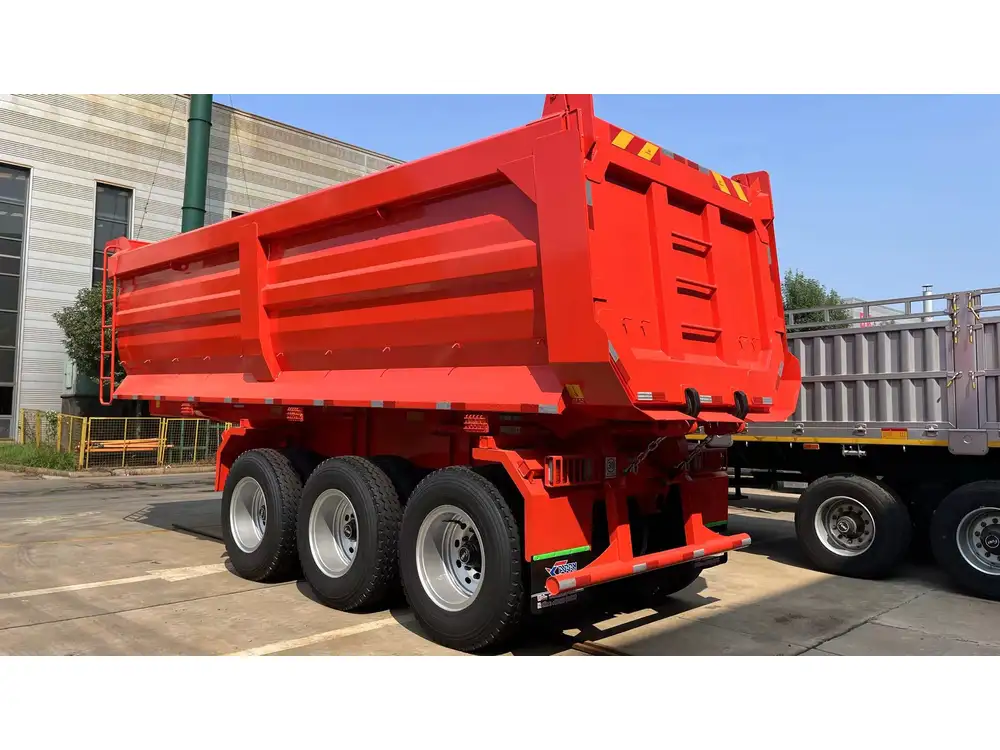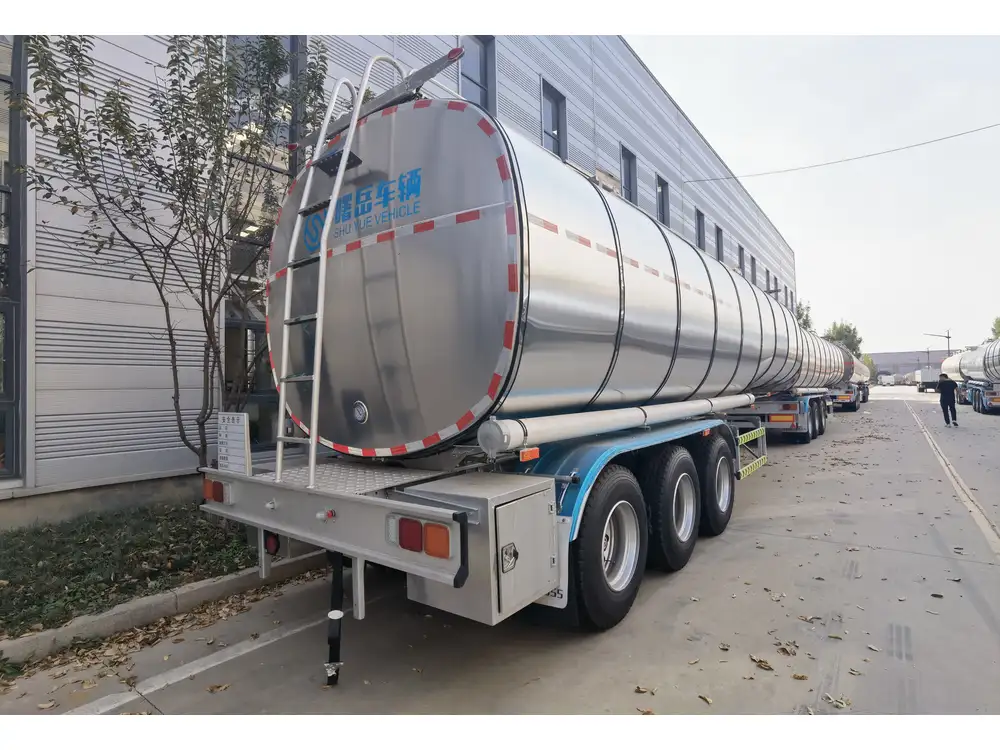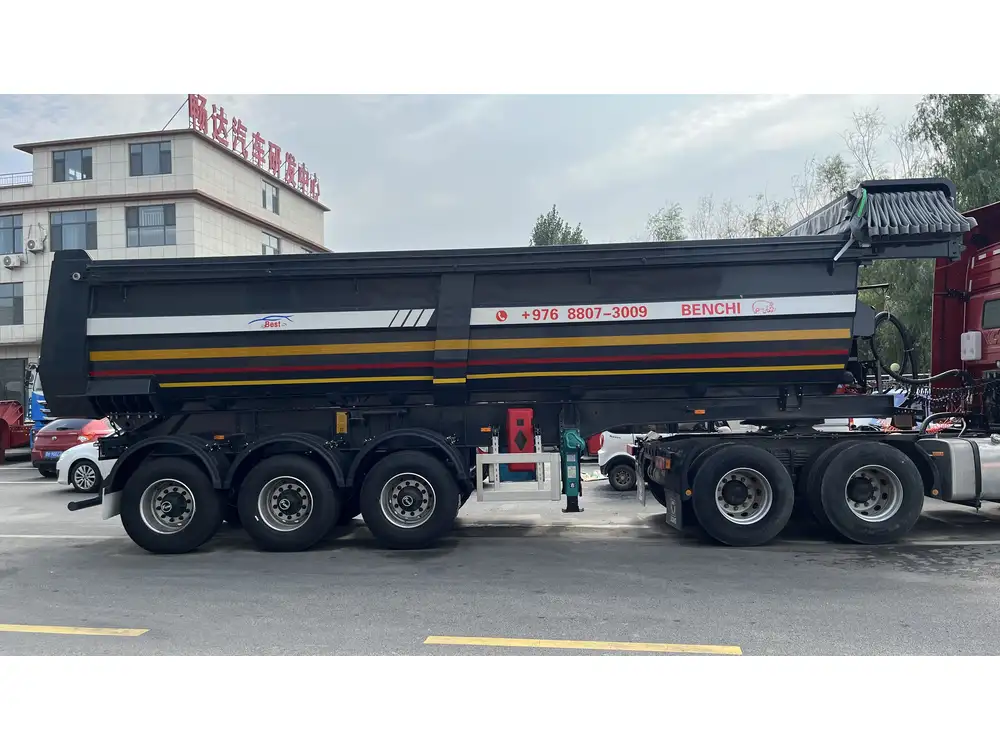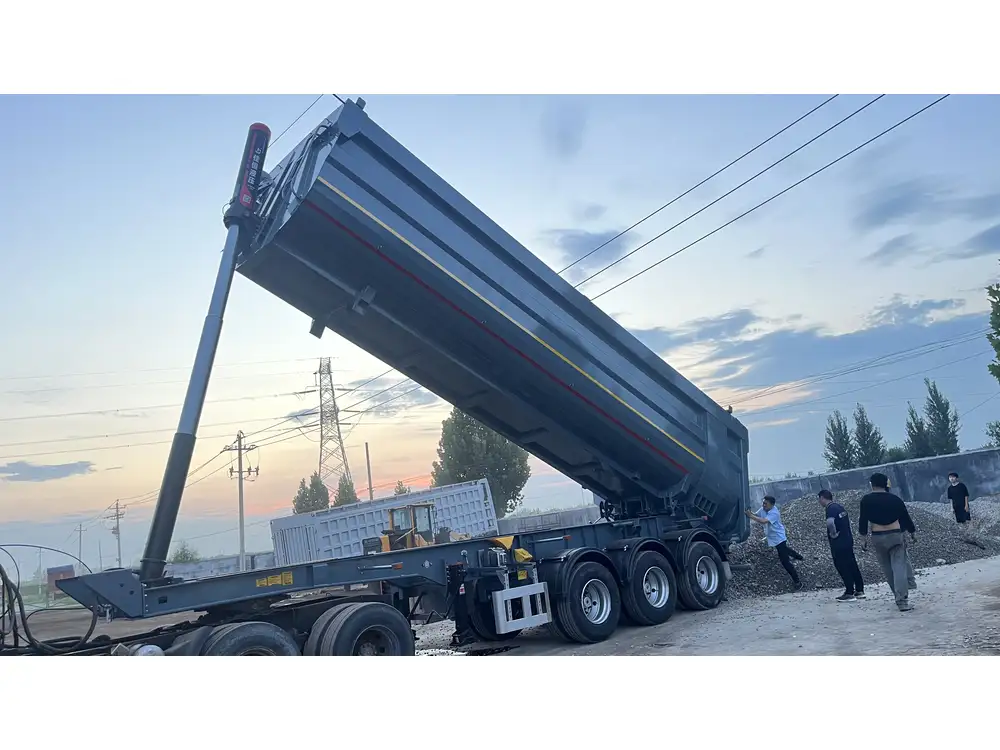Understanding tire pressure is crucial for ensuring both safety and performance in semi-trailer operations. Proper tire inflation affects not only the longevity of the tires but also the overall performance of the vehicle in terms of fuel efficiency, handling, and safety. In this comprehensive guide, we delve into the minimum PSI required for semi-trailer tires while examining the factors that impact tire pressure, the consequences of under-inflation, and the best practices for maintaining optimal tire health.
The Importance of PSI in Semi-Trailer Tires
Tire Pressure Index (PSI) is a critical measurement that indicates the amount of air pressure within a tire at any given time. For semi-trailer tires, maintaining the correct PSI is imperative for various reasons:
| Benefits | Details |
|---|---|
| Fuel Efficiency | Properly inflated tires reduce rolling resistance, improving fuel economy substantially. |
| Tire Longevity | Maintaining correct PSI helps prevent uneven wear, extending the life of the tires. |
| Load Carrying Capacity | Each tire has a specific load carrying capacity based on its inflation. Insufficient pressure can lead to hazardous conditions. |
| Safety | Correct tire pressure ensures optimal grip and handling, especially important for heavy loads. |
Minimum PSI Requirements for Semi-Trailer Tires
While the minimum PSI for semi-trailer tires can vary based on several factors, a general rule of thumb is to keep them around 100 to 110 PSI. However, it is essential to consult the tire manufacturer’s specifications for precise recommendations. Below, we outline some tires often used in semi-trailer applications, along with their recommended minimum and maximum pressures.
| Tire Model | Minimum PSI | Maximum PSI |
|---|---|---|
| Michelin XZA3 | 100 PSI | 130 PSI |
| Goodyear G394 | 90 PSI | 130 PSI |
| Bridgestone R197 | 95 PSI | 130 PSI |
| Continental HSU1 | 100 PSI | 130 PSI |
| Yokohama 102ZL | 100 PSI | 130 PSI |

Manufacturer’s Specifications
Each truck and tire model can have unique inflation requirements due to various factors such as load capacity, road conditions, and tire construction. Always refer to the tire sidewall markings and the specifications provided by the vehicle manufacturer for the most accurate PSI requirements.
Factors Influencing Tire Pressure
Several factors influence the correct PSI for semi-trailer tires. Understanding these elements is crucial for optimal tire management.
Load Weight and Distribution
The weight of the load being carried and how it is distributed across the trailer significantly impacts tire pressure. Overloading a tire can lead to excessive wear and can even lead to blowouts. It is advisable to check the tire pressure when the load is fully placed to ensure safety and durability.

Ambient Temperature
Tire pressure can fluctuate with changes in ambient temperature. Generally, tire pressure decreases by 1 PSI for every 10°F drop in temperature. Conversely, tire pressure can rise as temperatures increase. It is prudent to adjust tire pressure based on temperature conditions:
- Cold Tire Pressure: Always measure tire pressure when tires are cold; wait at least three hours after driving to get an accurate PSI reading.
- Seasonal Adjustments: As seasons change, reviewing and adjusting tire pressures accordingly ensures optimal performance.
Tire Age and Condition
Older tires or those that have been subjected to rough conditions can have their structural integrity compromised. Regular inspections can reveal any signs of wear that might require a change in PSI.
Inflation Method
Using the correct inflation method plays a significant role in achieving the exact PSI. Digital tire pressure gauges tend to provide the most reliable measurements, and inflating with a calibrated air compressor is ultimately recommended.

Consequences of Under-Inflated Tires
The repercussions of under-inflating semi-trailer tires can be severe, affecting both safety and operational cost.
Increased Rolling Resistance
Under-inflation creates higher rolling resistance, which can lead to increased fuel consumption, significantly raising operational costs.
Uneven Tire Wear
Tires that are not properly inflated create uneven wear patterns, leading to shortened tire life and the potential need for early replacement.

Compromised Safety
Reduced traction, longer stopping distances, and increased likelihood of tire blowouts pose serious risks on the road, causing harm to drivers, cargo, and the public.
Legal and Insurance Repercussions
Failing to maintain proper tire pressure can lead to legal liabilities. If an accident occurs and it is determined that tire under-inflation contributed to the situation, the responsible party may face serious legal and financial repercussions.
Best Practices for Tire Management in Semi-Trailers
Adopting effective tire management practices ensures that semi-trailer tires remain in optimal condition. Here are critical strategies to consider:

Regular Pressure Checks
Implement a schedule for checking tire pressure at least once a week and before long trips.
- Use a Reliable Gauge: Invest in a quality tire pressure gauge for accurate readings.
- Record Keeping: Maintain logs to track tire pressure over time, identifying trends that may require intervention.
Torque Specifications
When installing tires, ensure that lug nut torque settings are adhered to as per manufacturer guidelines. Improperly torqued wheel hardware can lead to tire issues.
Tire Rotation
Regularly rotating tires can promote even wear and prolong life expectancy. Ensure that the rotation pattern follows manufacturer recommendations.

Alignment and Balancing
Proper alignment and balancing of tires can prevent premature wear and improve handling.
First-Aid for Tire Damage
On-the-road inspections should be routine. If any damage or irregularities are noted, take immediate action to assess whether repairs are necessary or if the tire should be replaced.
Conclusion
Understanding what the minimum PSI for semi-trailer tires is more than just a number—it’s a critical aspect of safe and efficient trucking operations. Maintaining correct tire pressure not only optimizes vehicle performance but also directly impacts safety and long-term cost-effectiveness. By staying abreast of manufacturer specifications, recognizing influencing factors, and committing to diligent tire maintenance practices, operators can safeguard their investments while contributing to safer road conditions for all. Ultimately, monitoring and managing tire pressure effectively transcends simple routine checks; it embodies a comprehensive approach to risk management in the transportation industry.



